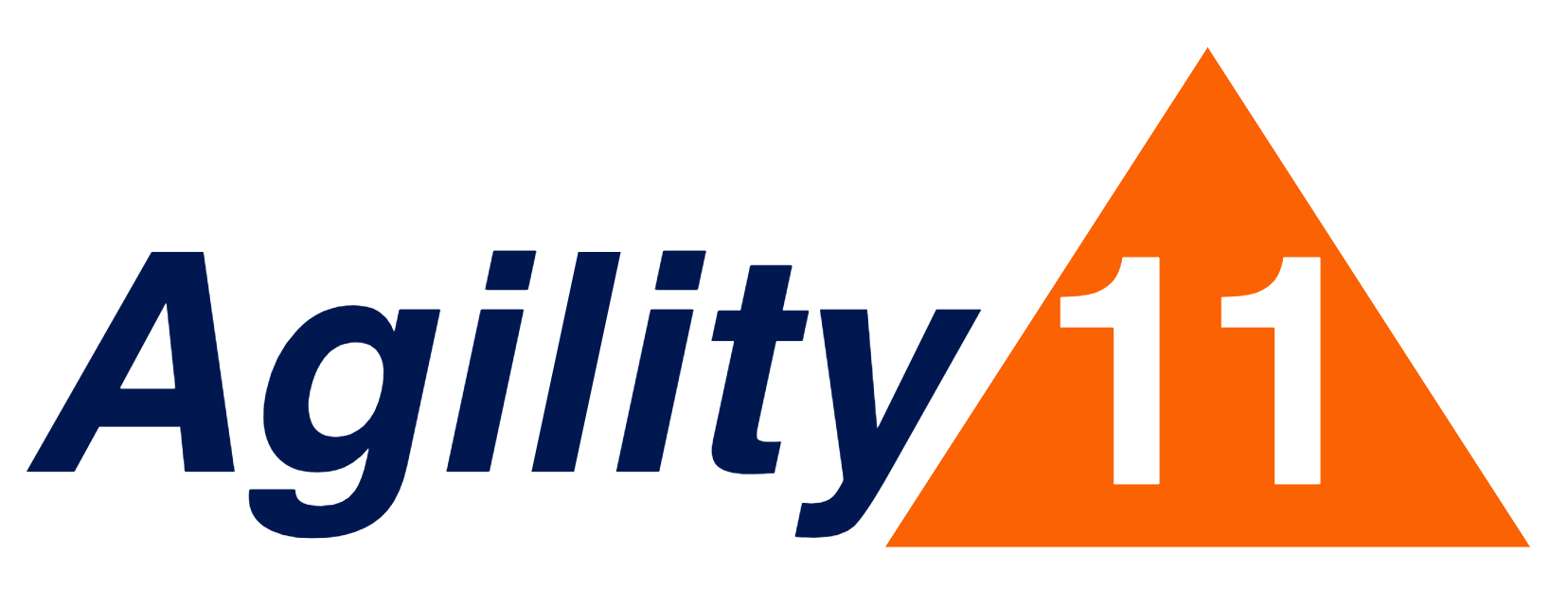Overcoming Unconscious Resistance to Change
Have you ever set a goal - maybe a new year resolution - that eluded you? There is a good chance that you were genuinely committed to the goal, and that you spent some time taking the right steps, but then you faltered and ultimately fell back to old behaviors.
In their book Immunity to Change, Robert Kegan and Lisa Laskow Lahey explain the unconscious psychological forces that make change so difficult. Our ‘immune system’ is working below our level of consciousness to protect us from perceived threats and anxieties. If we don’t recognize and shift these unconscious beliefs, we cannot rely on mere behavior change to accomplish our goal: our ‘immune system’ will resist those behavioral changes and sabotage our best efforts.
Kegan and Lahey offer a technique for overcoming our ‘immune system’ response, which we have modified and leveraged with great success for leaders we are coaching. Here is a summary of the technique.
Step 1: Articulate your goal, and why it’s important to you now.
It’s important to not only make the goal explicit, but to understand why this goal should be a priority for you at this time - amongst all the other potential goals you could choose to pursue. Focus is important.
Example: I will empower my team to make more decisions, so they’re more engaged and I can focus on the big picture.
Step 2: Identify contrary behaviors
Ask yourself: What current behaviors, or inactions, are contrary to my goal?
Example: I inject my opinions too much, and I jump in to rescue people whenever there is a challenge.
Step 3: Hidden/Competing Commitments
What drives the contrary behaviors? What purposes to they serve for your? What do you fear?
Example: I want to be seen as the indispensible hero for my team. If things don’t work out perfectly, I fear I won’t get promoted to VP.
Step 4: Big assumptions
This requires some keen introspection. What assumptions or beliefs explain the competing committments above?
Example: I must be hands-on to offer value. My stakeholders care only about delivery, not about my team members personal growth.
Step 5: Examine your assumptions
We’ve added this step to the Kegan & Lahey framework. They lump it together with Step 4, but we find it useful to emphasize it separately, since it represents the action plan.
Questions to introspect on: Are your assumptions valid? How could you test your assumptions? How can you reframe your beliefs?
Example: For the ABC project, I will set a clear goal but let the team create the plan. I will tell them I won’t step in unless they ask me to, and I will ask them to hold me accountable to that commitment! I will reframe my belief from “Things need to be done my way”, to “My team is capable and might even have better ideas than my own.”
We have found great success coaching leaders to accomplish their difficult goals, and their feedback has been overwhelmingly positive on the effectiveness of the approach and having a personal coach to guide them through it. We’d love to coach you too - just contact us!
Agility 11’s Chief Coach, Brad Swanson, will be speaking about Immunity to Change at the Global Scrum Gathering in Portland on May 8.
Brad would like to thank his colleague Sara Bigwood for introducing him to the Immunity to Change framework.
